Increased Healthcare Expenditure
The rise in healthcare expenditure in South Korea is a significant factor propelling the perfusion radiology market. With the government and private sectors investing heavily in healthcare infrastructure, there is a growing emphasis on advanced diagnostic technologies. Reports indicate that healthcare spending has increased by over 8% annually, reflecting a commitment to improving patient care. This financial support enables hospitals and clinics to acquire state-of-the-art imaging equipment, thereby enhancing their diagnostic capabilities. As a result, the demand for perfusion radiology services is expected to grow, with market analysts forecasting a potential market expansion of 10% in the coming years. This trend underscores the importance of investing in advanced imaging technologies to meet the evolving needs of the healthcare system.
Advancements in Imaging Technology
Technological innovations in imaging modalities are significantly influencing the perfusion radiology market. The introduction of high-resolution imaging systems and advanced software algorithms enhances the accuracy and efficiency of perfusion studies. These advancements allow for better visualization of blood flow dynamics, which is crucial for diagnosing various conditions. In South Korea, the integration of artificial intelligence in imaging processes is gaining traction, potentially improving diagnostic precision. The market is projected to grow by approximately 12% annually as healthcare facilities adopt these cutting-edge technologies. Furthermore, the development of portable imaging devices is likely to expand access to perfusion radiology services, particularly in remote areas, thereby broadening the market's reach.
Growing Awareness of Preventive Healthcare
There is a notable shift towards preventive healthcare in South Korea, which is positively impacting the perfusion radiology market. As the population becomes more health-conscious, there is an increasing demand for early detection and preventive measures for various diseases. This trend is likely to drive the adoption of advanced imaging techniques, including perfusion radiology, as healthcare providers emphasize the importance of regular screenings. Educational campaigns and public health initiatives are contributing to this awareness, potentially leading to a 20% increase in the utilization of perfusion imaging services over the next few years. The focus on preventive care aligns with the broader goals of enhancing overall health outcomes and reducing long-term healthcare costs.
Rising Incidence of Cardiovascular Diseases
The increasing prevalence of cardiovascular diseases in South Korea is a primary driver for the perfusion radiology market. According to health statistics, cardiovascular diseases account for a significant portion of mortality rates, prompting healthcare providers to seek advanced diagnostic tools. The demand for precise imaging techniques, such as perfusion radiology, is likely to rise as clinicians aim to improve patient outcomes. This trend is further supported by the aging population, which is more susceptible to heart-related ailments. As a result, the perfusion radiology market is expected to experience substantial growth, with projections indicating a potential increase of 15% in market size over the next five years. Enhanced imaging capabilities are essential for timely interventions, thereby driving investments in this sector.
Collaboration Between Healthcare Providers and Technology Firms
The collaboration between healthcare providers and technology firms is a crucial driver of the perfusion radiology market. Partnerships aimed at developing innovative imaging solutions are becoming more common, fostering advancements in diagnostic capabilities. In South Korea, several hospitals are engaging with tech companies to create tailored imaging systems that meet specific clinical needs. This synergy is likely to enhance the quality of perfusion studies and improve patient outcomes. Market analysts suggest that such collaborations could lead to a 15% increase in the adoption of advanced imaging technologies within the next five years. The integration of expertise from both sectors is essential for driving innovation and ensuring that the perfusion radiology market remains competitive.


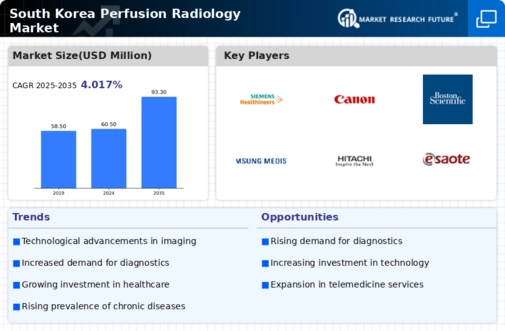
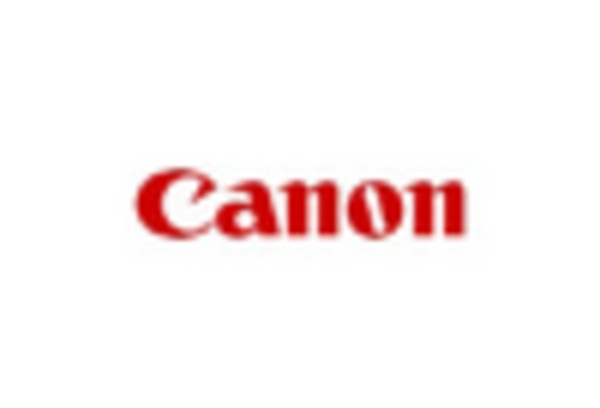
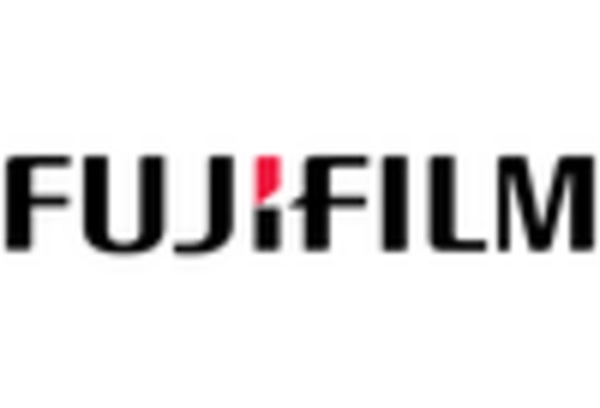
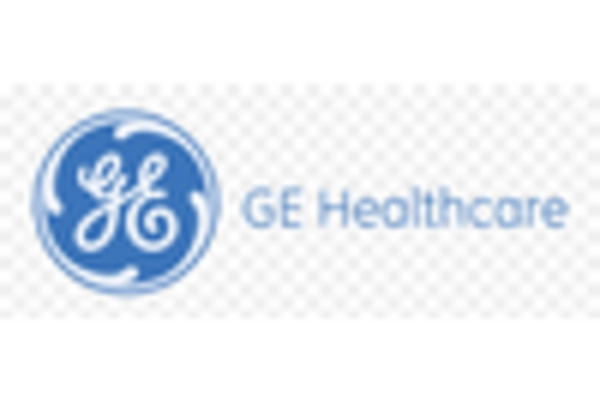
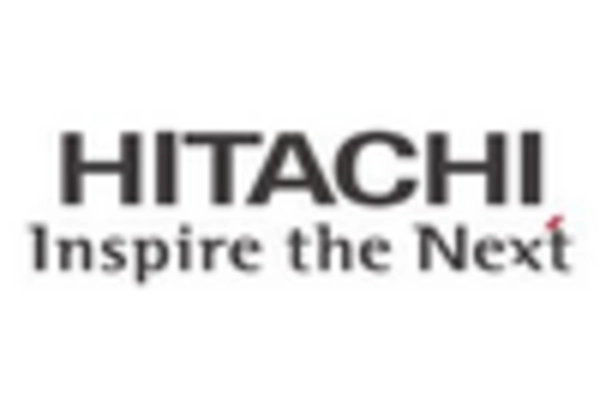
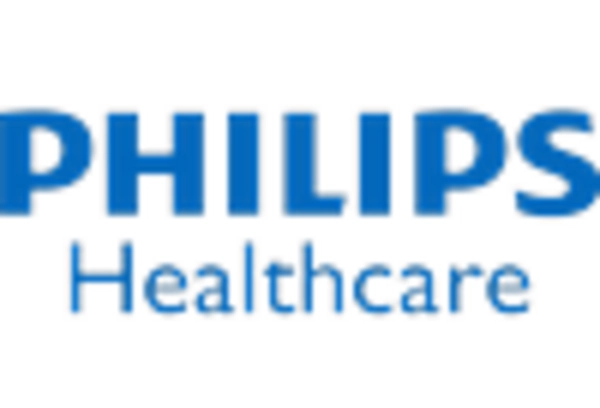
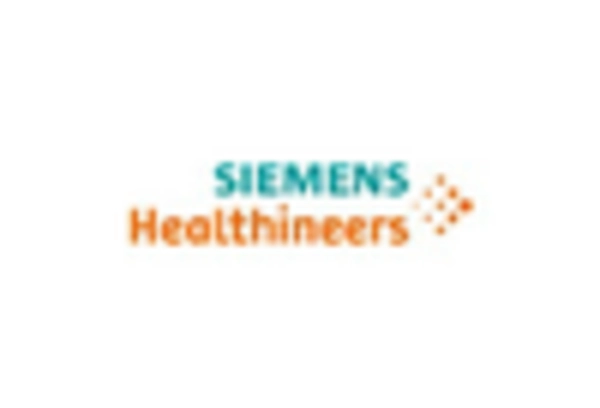








Leave a Comment